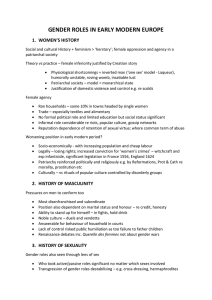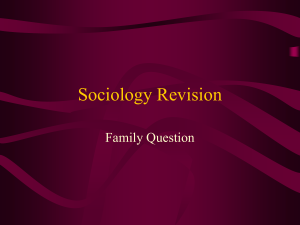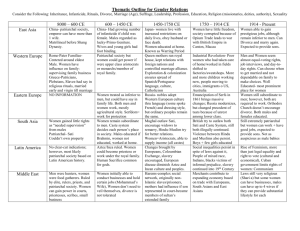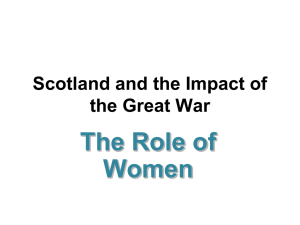Gender Roles
advertisement
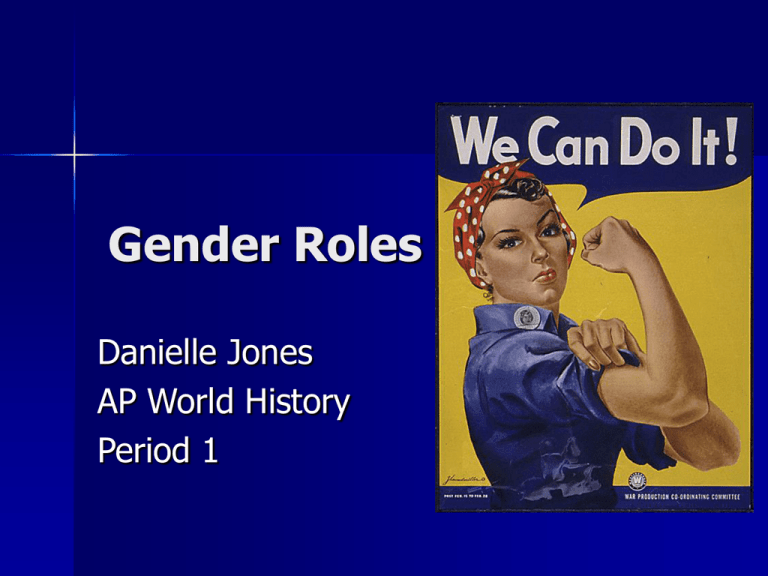
Gender Roles Danielle Jones AP World History Period 1 Asia From 8000 BCE-600 CE East and West Asia was a patriarchal society • The emperor could have more than one wife • In Southern Asia, women gained little rights • Women could not own property Asia From 600 CE-1450 CE East and South Asia continue to see women as inferior China had a growing number of infanticide if the child was a female. Chinese tradition put more importance on a male child as he will carry on the family name Wives and young girls had foot binding In South Asia, women remained subordinate to men and the caste system decided each person’s place in society. Women were not educated and worked at home Asia From 1914 onward, women soon began to gain greater rights – Women were able to gain prestigious jobs, although they still remained inferior to men in the work force – Women allowed to divorce and marry again – Still expected to provide sons Europe In Eastern and Western Europe, women’s rights were limited (600-1450 CE) • • • In Western Europe, it was a patriarchal society Women could gain power if they were upper class aristocrats or a member of the royal family In Eastern Europe, women were treated as inferior to men, yet could have a say in family life. Both men and women work (mostly agricultural) Europe From the 1750s-1914 CE, women’s rights increased substantially Industrial Revolution begins (between 174020th century) Lower class women who had preciously taken care of the home and worked in fields shifted to working in factories More children working now Europe From 1914 onward, men and women seem closer to equality Men and women have equal voting rights, job interviews, and common rights One can choose when to get married rather than depending on their family to make their choices Europe From 1914 onward, men and women seem closer to equality (cont) In Eastern Europe, women still considered subordinate to men, yet both are required to work Both males and females now educated Latin America Aztec and Inca civilizations were more patriarchal, yet women played major roles in the civilization Women could become priestess or work under the royal family Latin America From 1750-1914 CE inequalities continue to persist – Social inequalities continue to persist in spite of laws against it – Indians, blacks, and people of mixed races continue to be victims of informal prejudice – Slavery continued into the 19th century Middle East From 8000 BCE-1450 CE, women possessed some rights Men were hunters, women were food gathers (8000-600 CE) Women can gain power in courts, priestesses, scribes, and small business Women initially able to conduct businesses and hold certain jobs; similar to Mohammad’s wife (600-1450 CE) Middle East In recent years, (1914-present) laws stay similar regarding women Laws are still very religious, but some women can have businesses. Males can have up to four wives if they can provide substantial lifestyle for each
